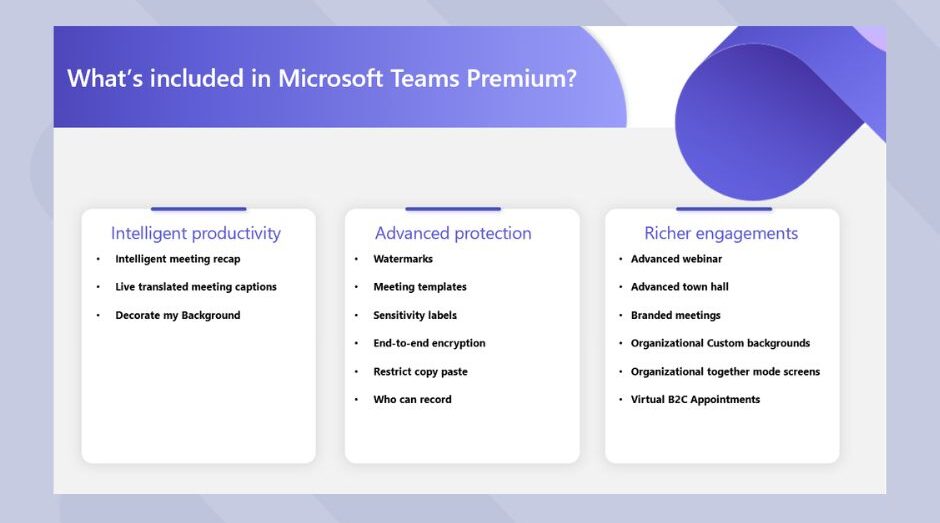
Salesforce or Outsystems Which is better for your business

If you are a software developer in the industry, chances are you've come across both Outsystems and Salesforce. So which one is better? Let's compare them to help you make an informative decision. Followed by defining the benefits of each. According to Gartner's Magic Quadrant 2021, the first notable point is that low-code and no-code platforms like Salesforce or Outsystems are both at the top of the leaderboard. Let's get started.
Why you need a low-code development platform
The main draw of low code development tools such as Outsystems and Salesforce Platform is to allow teams and businesses to quickly create new processes and entire applications without needing to develop new scripts. It cuts down tremendously on the time necessary to research, configure, and test new scripts. This means that new tools and processes for the business team can be quickly added. This can make for a much more agile business, be faster than purchasing an in-house solution, and help enterprises to rapidly iterate on solutions they are already using with necessary updates and quality-of-life changes. Let us define the two leaders and their distinct differences.About Outsystems
A high-performance low-code platform, OutSystems is designed to help businesses develop and disseminate applications and processes throughout the industry. It prioritizes making productivity much more manageable with simple user interfaces and rapid innovation and iteration of internally made processes and apps. It includes a wide range of visual development tools and automation features to help its users tackle operational concerns much more quickly, with some AI features allowing for more straightforward application modernization, innovation, automation, and overall transformation of the tools and processes that your team uses to work. Designed to be used in the enterprise environment, Outsystems focuses on improved collaboration, with various communication and sharing tools that allow teams to get together and quickly create fully fleshed-out apps.About Salesforce
Salesforce is a wide range of business applications designed to suit various needs. However, when it comes to the low code development arena, the specific tool you will want (and the one we'll focus on for the entirety of the post) is the Salesforce Platform. This is a development platform that is designed specifically for the creation of media and processes to be used within the Salesforce environment. Designed to be scalable and help fit businesses of all sizes, from small businesses to enterprise organizations. Developers can use this build, test, resolve defects, and interact with cloud applications. These applications are then used amongst the rest of the CRM platform's tools.Salesforce or Outsystems Who is it for?
One of the questions you should ask is whether a piece of software is better, specifically whether it is better for you and your needs. All types of software, including low-code development platforms, are developed with an audience in mind. To this end, Outsystems is typically thought of as being better explicitly suited to enterprise-sized businesses, with solutions designed to work for and be distributed through more prominent companies. On the other hand, the Salesforce Platform also works well for enterprise businesses. Still, it is regularly thought to be more well-rounded, so that it can work better for smaller companies. The specifics of this naturally depend on which features matter most to you.Pricing Methods
Of course, how your choice of software fits within your budget will also make a big difference. Aside from affordability, you would help if houlwereking of cost-effectiveness. How much will you get in return for what you spend on the development platform of your choice? Salesforce Platform has no free options and a price starting from $25 a month for the options best suited to smaller teams. However, the price does scale with the platform size you need. It works on a quote-based system, and you can get an annual subscription. On the other hand, Outsystems does have a free option, but users note it as having a much higher price, starting from $2,100, since it is designed for enterprise use. All pricing is quote-based, so the provider has to seek specifics.Available Features
Of course, whether or not a platform is right for your team depends just as much on what features are included in the package you buy, not just the businesses they are aimed at. Some of Outsystems' features include the following: complete access control and permission customizations, the ability to monitor usage and performance of all applications, reporting on access, native support for Agile Development, and full app life-cycle support. On the other hand, Salesforce offers a wide range of AI development services and process automation features as part of its developer tools. It also uses Salesforce's highly lauded Cloud security features and mobile services.Training Options
An essential part of integrating any platform into your business is ensuring that the team that's supposed to use it can use it—as such, getting access to suitable training materials and methods can make the transition a lot smoother. Both systems offer pretty robust training options. Aside from plenty of documentation for your users to peruse and double-check, there are webinars to help them get used to all of the features and live online and in-person training courses available. Salesforce, however, is known in particular for its wide range of training partners that can help suit their solutions to all industries.Integrations Available
The ability to integrate your software with the apps you're otherwise using can be a big bonus. Outsystems can integrate with a wide range of tools, including Amazon EC2, Asana, Box, Dialogflow, Dropbox Business, Firebase, GitHub, Google Calendar, Google Drive, Google Sheets, Jira, LinkedIn for Business, Meta for Business, Microsoft Azure, MongoDB, NetSuite, PayPal, Salesforce Platform, Salesforce Sales Cloud, Twilio, Twitter, Workato and Zendesk. Salesforce Platform can be linked to a wide variety of systems through its robust APIs and tools, such as external HR platforms, supply chain software, and ERP products, including Microsoft, Oracle, and SAP tools.Who is it suitable for?
It can be hard to tell precisely who can make the best use of either of the platforms. Both aim to please as broad a user base as possible, with users across multiple industries. However, looking at the statistics of users, you can see who tends to gravitate toward each platform. OutSystems has popularity with a range of large enterprise businesses, with customers such as Randstad, Warner Brothers, HP, Intel, ING, Banco Popular, Thrivent Financial, Bacardi, Kent State University, Bacardi, FICO, ING, Vodafone, AbbVie, Estafeta, Siemens, and Vopak. The Salesforce platform has gained recognition with diverse business sizes, not just in the enterprise marketplace and, I might add, by many software developers and clients like Brown-Forman, Crossmark, and Philips Healthcare.Salesforce or Outsystems Deployment
Notable, both allow you to run the software directly on your hardware or from the cloud. Each platform offers cloud-enabled backup, ensuring your saved files have extra security. As such, both offer the flexibility for you and your team to access where you can get an internet connection, or you can install the software directly to your device for a more stable (and faster loading) experience that will work even if you go offline.Suitable Devices for Salesforce or Outsystems
Outsystems is available in a broader range of platforms:, including Windows, Linux, Android, iPhone/iPad, Mac, and Web-Based. Salesforce Platform is a little more specific, working only on Windows, Mac, and Web-based applications. As such, Salesforce has some obstacles relating to teams that use mobile devices for low-code/no-code development.Customer Support for Salesforce or Outsystems
No matter how good the software you choose, you want to enlist some help at some point. Make sure the partner you do enroll has a good past performance. Apart from this, both platforms have a wide range of customer support options;- helpdesk,
- FAQs,
- User Forums to explore, a
- Knowledge base to help troubleshoot a wide range of issues,
- Phone support, and Live chat support.






